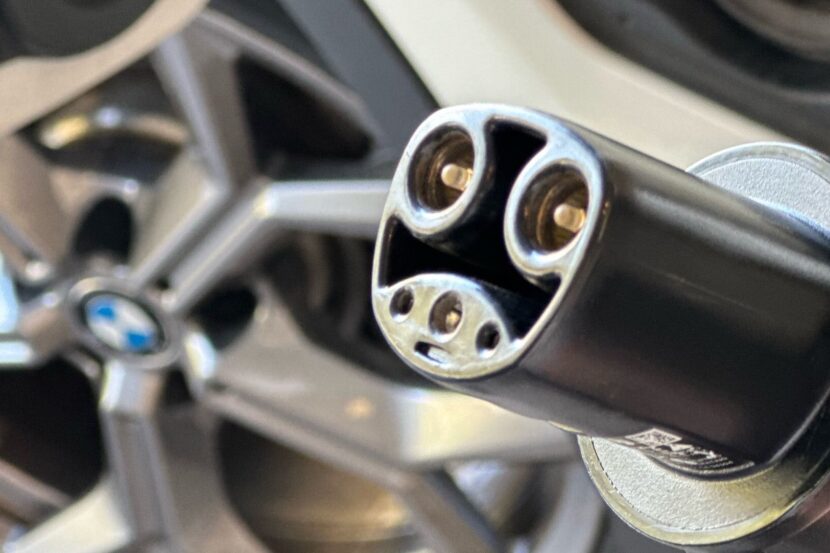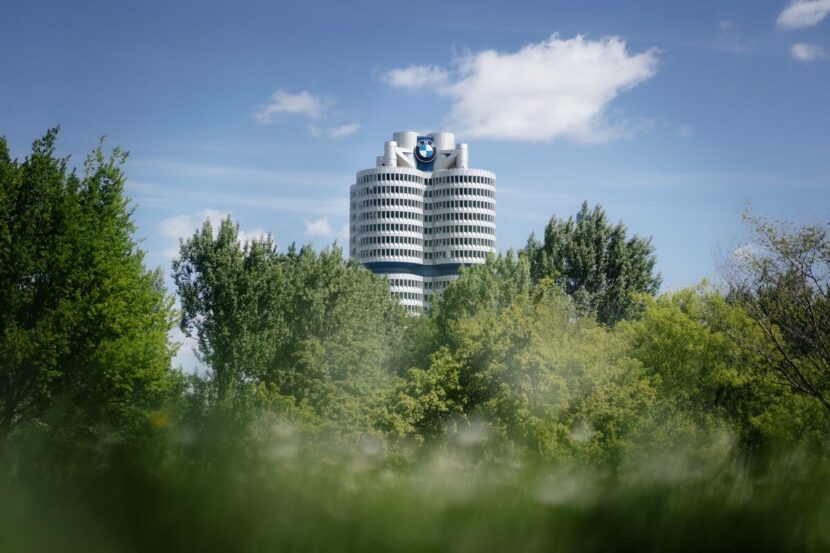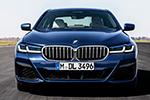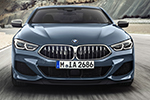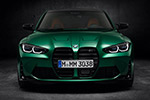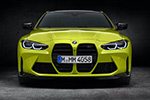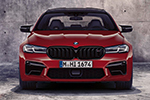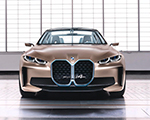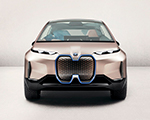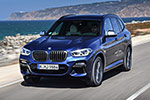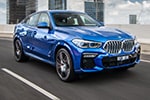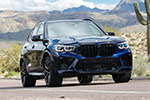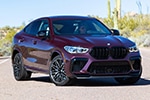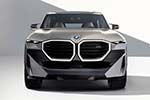What happens when you combine Japanese build quality with Italian styling and German engines? You might think it would create the most stunning sports car, with incredible performance and bulletproof durability. Except it actually created the Bertone-badged Daihatsu Freeclimber. So rather than some sexy sports car, the world gained a tiny Japanese-built SUV that seemed as if it was designed with only a ruler. Under its hood lied a one of either three different BMW engines.
Apparently, back in the late ’80s, the famous Italian design house, Bertone, needed a project. It had just done some cars for Volvo and GM and didn’t have a project at the time, so it decided to help design a new SUV for Daihatsu, whose Rugger SUV was underwhelming at best. So Bertone got to work developing the Freeclimber, a small two-door SUV. But rather than use Toyota engines, like the Rugger did, the Freeclimber got a few different BMW engines.
Two petrol engines were on offer, a 2.0 liter or 2.7 liter I6 engine, both of which were naturally-aspirated, and a 2.5 liter turbo-diesel. The latter of which was only available in the French market. All of those BMW engines were more powerful than the Toyota engines previously used, so it received quite a performance upgrade. Although, no one would ever really call a Daihatsu Freeclimber a performance car.
The Freeclimber wasn’t the ugliest of cars ever made, nor was it really bad, but it’s not what you think of when you think of an Italian-designed, BMW-powered car. It’s more Suzuki Samurai than BMW M1. Still, it was surprisingly luxurious and capable and my love for strange, obscure cars makes me sort of want one. It’s a good thing I don’t have a lot of money or I’d be searching for one to buy on the internet.
[Source: Road & Track]














